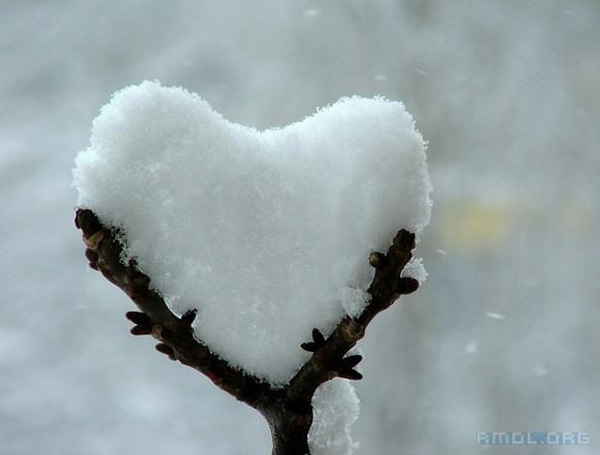Yarn Tasting
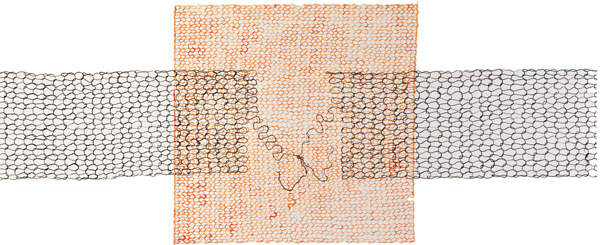
A recent study found that 81% of subjects suffering from depression reported feeling happier after knitting, while more than half said they felt "very happy."
I've been knitting my life back together since I was a teenager. Things unravel, I pick up my needles. Stitches drop, I figure out how to get on track and reknit. It's my M.O. when life goes haywire. The perfect therapy -- a rhythmically, repetitive mediation that calms. And you end up with something beautiful and useful!
Can you get all that from a therapist? Well, I guess you can, but it may not be as relaxing.
Since knitting is my first emotional line of defense -- and calm and happy are always welcome -- as the seasons transition, I can almost taste the yarn.
Without further adieu...
Here are my latest knitting crushes:
- Favorite yarn shop: Purl SoHo
- Favorite knitting blog: Fringe Association
- Favorite knitting pattern source: Brooklyn Tweed
- Favorite sweater pattern: Trace by Shellie Anderson
- Favorite hat pattern: Westminister Hat by Blue Sky Alpacas
- Favorite scarf pattern, mine, always: Reversely Cabled
- Favorite fingerless gloves pattern: Colorblock Handwarmers by Purl Bee
- Favorite house slippers: Temple of Knit
- Favorite yarn: Shibui
- Favorite knitting inspiration: Chanel Backpack Vest via Vogue
- Favorite silly thing to knit: Eyeglasses.
- Favorite Pinterest knitting board: Econesting
- Favorite knitting illustration: Carol MacDonald via Maison Kasini (above)
What's on your knitting menu?
Crafting A Legacy
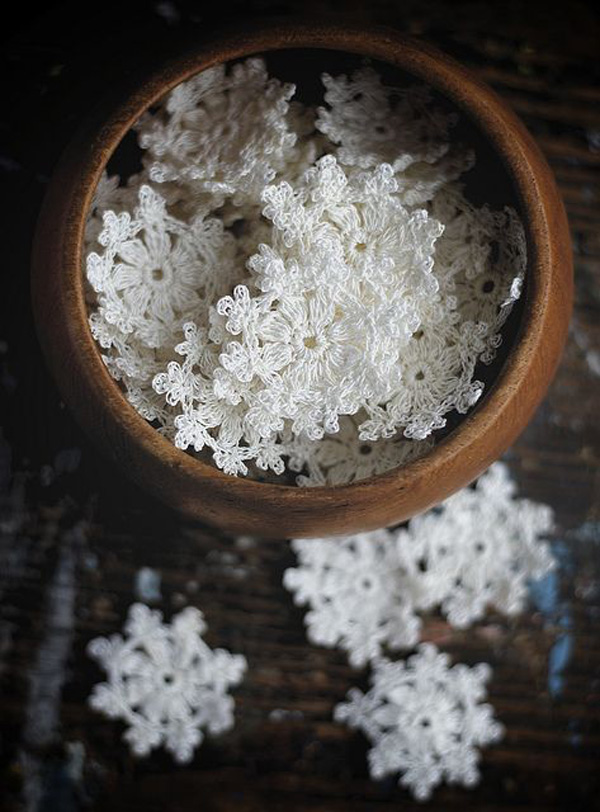 Snuggled in our respective nests, my family drifts into maker-mode. Daughter is throwing pots on her pottery wheel. Son is woodworking. Husband's shooting up a storm with his camera. And of course, my needles are clicking.
Snuggled in our respective nests, my family drifts into maker-mode. Daughter is throwing pots on her pottery wheel. Son is woodworking. Husband's shooting up a storm with his camera. And of course, my needles are clicking.
Although we're merrily crafting a blizzard of goodies, curiously, we never seem to remember it all takes an enormous amount of time to complete these energetic handmade gifts. I predict there may be more than a few IOU's.
As an experienced knitter, I look for a challenge this time of year to add to my crafting legacy. I do not crochet. Not because I can't (mom taught me). It's because of a long-standing attitude that knitting is more beautiful than crochet.
Don't start throwing hooks at me yet.
When I started knitting, granny square afghans lit up the craft world. Granny...Afghan...SO not cool. Gorgeous Crochet Snowflakes...SO cool.
I've changed my tune and want to share with non-knitters -- who have no idea what I'm talking about -- the difference between knitting and crocheting:
Knit and crochet are distinctly different crafts with different tools that work up various stitches. Knitting is done on needles -- straight, double pointed or circular. Crochet uses hooks of varying sizes. Straight knitting looks like a bunch of interlocking "v"stitches. Crochet stitches are "chains" -- crochet hook gets inserted into a stitch and yarn is looped. Knitting tends to be tight. Crochet is looser, more open weave. I'm told crocheting is quick (not so much for me), while knitted garments take many, many hours to complete.
Wrapping, twisting, cabling, chaining, braiding...who cares? Inspired by these gorgeous snowflakes, momentarily, I put down my needles and pick up a hook.
In the maker spirit, here's a round-up of my 3 favorite crocheted snowflakes:
Frosty Filigree Snowflake from Martha Stewart
Rustic Twine Snowflake from Aesthetic Nest
Beaded Snowflake from AgaKnickKnack
What's your craft legacy?
Photo via flickr
Adventures In Irish Knits
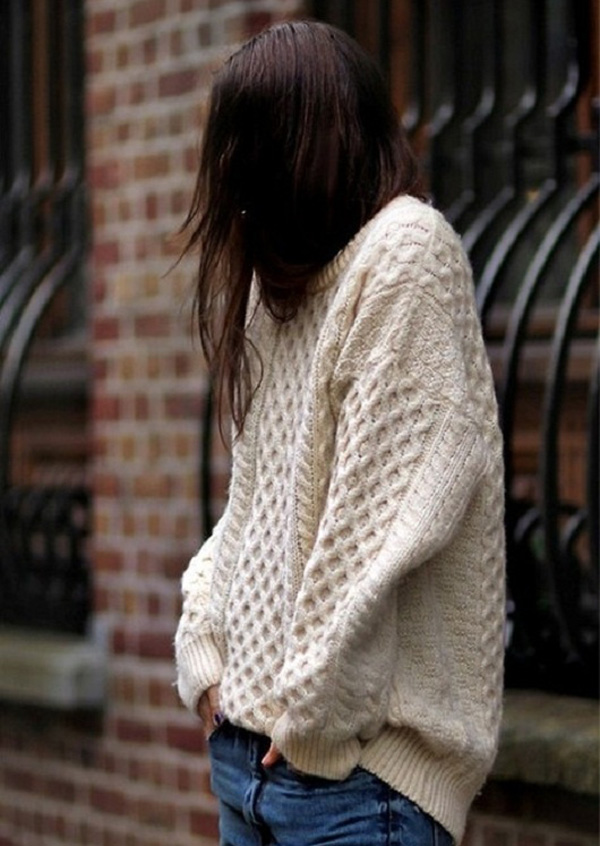 We attribute meanings and associations to holidays - real, tradition or made up. Leprechauns, green beer, corned beef and cabbage, shamrocks, parades, and four-leaf clovers sum up today. For me, St. Patrick’s Day is the day to be swathed in a big Irish hug -- one of the Fisherman sweaters I obsessively knit for many years. Not only are these sweaters unisex, they never go out of style.
We attribute meanings and associations to holidays - real, tradition or made up. Leprechauns, green beer, corned beef and cabbage, shamrocks, parades, and four-leaf clovers sum up today. For me, St. Patrick’s Day is the day to be swathed in a big Irish hug -- one of the Fisherman sweaters I obsessively knit for many years. Not only are these sweaters unisex, they never go out of style.
After attaining knitting proficiency by reading and swatching my way through tea-stained copies of Barbara Walker's series, A Treasury Of Stitch Patterns, I set out to learn the Irish stitch patterns. I soon found these Aran patterns were as addictively intriguing to knit as the messages conveyed in the individual stitches.
The classic knitting book by Alice Starmore, Aran Knitting provided the background and patterns for traditional fisherman sweaters. This book was out of print, but happily, it has been re-released, revised and expanded!
History
Aran Sweaters go way back. The emergence of the first sweaters are debatable, but commercially available Aran knitting patterns were published in the 1940's. The yarn was spun and knit off the west coast of Ireland on the Aran Islands. The sweaters were handcrafted for fishermen and farmers, and passed down from generation to generation. Each stitch pattern is said to carry its own unique meaning. These sweaters were often used to help identify bodies of fishermen washed up on the beach following an accident at sea.
Stitches
The combination of stitches have been interpreted in these popular Aran sweater stitch patterns:
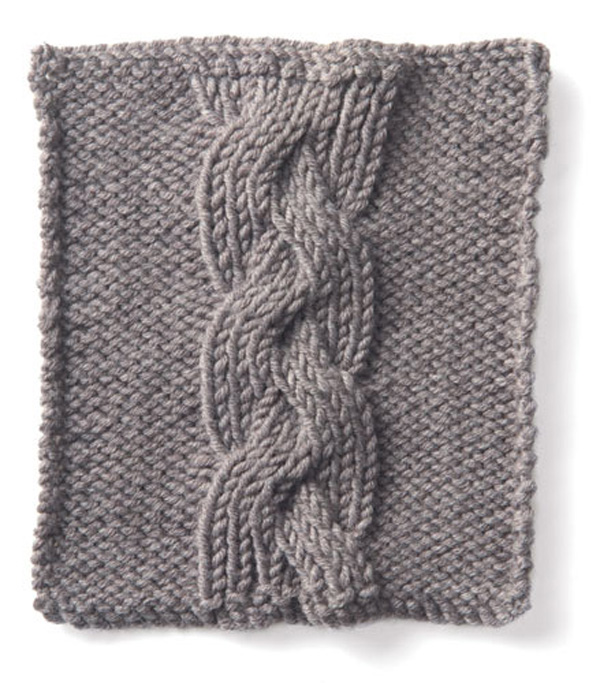 The Cable Stitch depicts fisherman's ropes. It represents a wish for a fruitful day at sea.
The Cable Stitch depicts fisherman's ropes. It represents a wish for a fruitful day at sea.
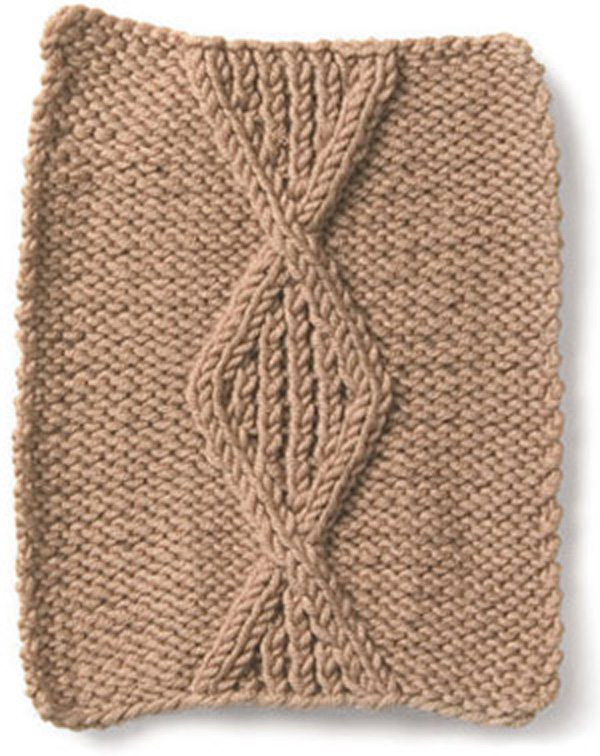
The Diamond Stitch reflects the small fields of the islands. Sometimes the diamonds are filled with Moss Stitch, which is said to depict the seaweed that fertilized the barren fields. The diamond stitch is a wish for success and wealth.

The Zig Zag Stitch is a half diamond. It represents the twisting cliff paths on the islands. The Tree of Life reflects the importance of the family - a desire for clan unity.
Photo: French Voguettes via Pinterest, Vogue Knitting
DIY Valentine’s Day Staycation
"How did it happen that their lips came together? How does it happen that birds sing, that snow melts, that the rose unfolds, that the dawn whitens behind the stark shapes of trees on the quivering summit of the hill? A kiss, and all was said." ~ Victor Hugo
I once gave my unwavering opinion that staycations were not my idea of a vacation. You can read why I felt I would need a vacation from a staycation here.
Can I change my mind about this?
Although I will not go as far as to say that I would give up a delightfully warm week at the beach to stay home and watch the grass grow or the snow fall, I'm making a staycation exception: Valentine’s Day. All the usual Valentine Day niceties say "stay home."
Seriously, all you need is love.
Rock found while snowshoeing with my honey after last week's snow storm.
DIY Valentine’s Day Staycation
Cards
I am a sucker for handmade cards. I've toyed with the idea of making a machine-stitched Valentine card like this, or an easy hand-stitched card. Folding origami valentines has been a suitable alternative. Although, these DIY Alexander Girard-inspired cards are begging to be tucked into a handcrafted envelope.
Home Décor
Along with romantic headboards, like this dreamy lipstick red DIY headboard, I’ve been noticing the allure of bed canopies. Here's a round-up of DIY bed canopies.
Candlelight
Whenever candles are mentioned, my first response is to ditch paraffin candles (nasty by-products that emit greenhouse gases and soot). Here's a DIY beeswax alternative.
How about LED tea lights? There’s a bit of a debate about whether or not LED lights pass the snuff test as a viable design alternative to the natural glow of wax candles. I picked up a 12-pack of LED tea lights at Homegoods and enjoy the muted glow of these candles in a candle holder -- especially nice in a dark bathroom. This DIY threaded candleholder was created for use with LED tea lights.
Chocolate
I don't cook much (hubby does), but I like to bake. These healthy chocolate cherry Valentine scones are on this year's to-make list. Yum. The recipe includes DIY directions for creating a gift box that uses a homemade glue recipe.
Flowers
Unless you give organic flowers, conventionally grown flowers generally get a thumbs-down for eco-friendliness. Most cut flowers are grown in South America, Africa, and Southeast Asia. They are heavily sprayed with pesticides, fungicides, herbicides and even DDT, creating problems for workers and florists. Add in the transporting time, and traditional flowers are not so lovely. Instead, create a dozen origami roses. Use leftover holiday tissue paper or cards. Or, how about a button bouquet?
Wine
Did you think my next suggestion would be to make wine for Valentine’s Day? Not. Although, my husband did make wine once for me. Love that guy. We still celebrate with wine, and here's some organic wine pairing suggestions. I'm a big fan of a mellow, rosy red Pinot Noir.
Staying home or going out?
Photo of heart rock: Ted Fink





